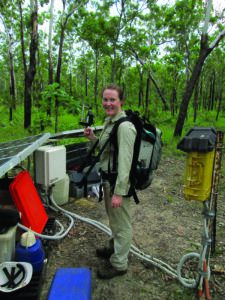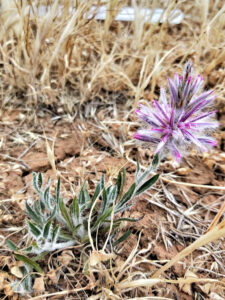TERN’s plot-based ecosystem monitoring data has been used by Australia’s top woodland ecologists to help build and validate a new framework to support conservation and recovery planning for threatened woodland communities. The framework identifies the most common threatening processes and provides guidance on management actions to aid recovery.
The Australian Government’s Environment Protection and Biodiversity Conservation Act 1999 (EPBC Act) lists 24 southern Australian eucalypt woodland communities as threatened. However, only five of these communities have national recovery plans.
To address this shortfall Dr Megan Good, Dr Libby Rumpff, and their team at The University of Melbourne, brought together woodland experts from across Australia to develop an ecosystem model that improves conservation planning for woodlands in southern Australia. The goal of the project, funded by the Australian Government’s National Environmental Science Programme (NESP), was to create a one-stop-guide for policy makers to structure their conservation planning processes.
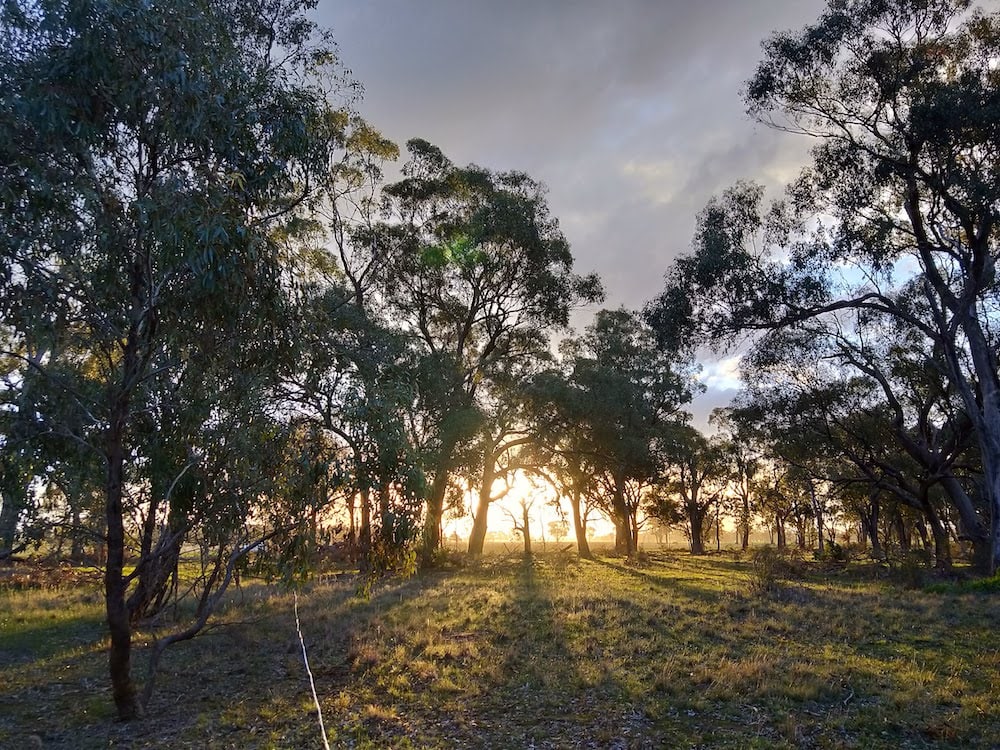
A state-transition model framework can help with the development of targeted monitoring strategies (credit: Libby Rumpff)
Guiding framework for woodland monitoring and management in Australia
The NESP conservation actions for threatened ecological communities team developed a framework to aid EPBC Act listing and recovery processes for southern Australian eucalypt woodlands. The framework includes a generalised conceptual model, identification of the most common threatening processes, and guidance on management actions to aid recovery.
The team synthesised knowledge on how woodlands function and respond to different threats and management strategies to provide generalised advice on woodland condition states, management objectives and actions.
A validation process was undertaken by Dr Good and Dr Elliot Gould using TERN ecosystem surveillance monitoring data—along with datasets from other contributors—to quantify the differences between condition states in different woodland types.
“Having access to TERN’s standardised field data from a wide geographic range was extremely valuable for understanding the variability among different woodland types in the ways that common condition states are expressed.”
Elliot Gould, Quantitative Ecologist, University of Melbourne
Fauna expert elicitation via a survey and workshop identified habitat attributes, threats and management interventions important for woodland fauna. Fauna ecologists identified several key habitat attributes to add to the model and highlighted the importance of woodland animals as ecosystem engineers. They emphasised the need to set ambitious restoration targets that include fauna and the challenges of developing integrated state-and-transition models (e.g., at the landscape vs site scale).
“We started by acknowledging the diversity of eucalypt woodlands across southern Australia but wanted to develop a structured process to explore whether these differences resulted in altered management advice.
Our approach brings together expert knowledge and field data to create an interactive and practical framework to streamline the process of building conservation plans for woodlands, but we hope the approach can be adapted and applied to other ecological communities.”
Dr Libby Rumpff, University of Melbourne
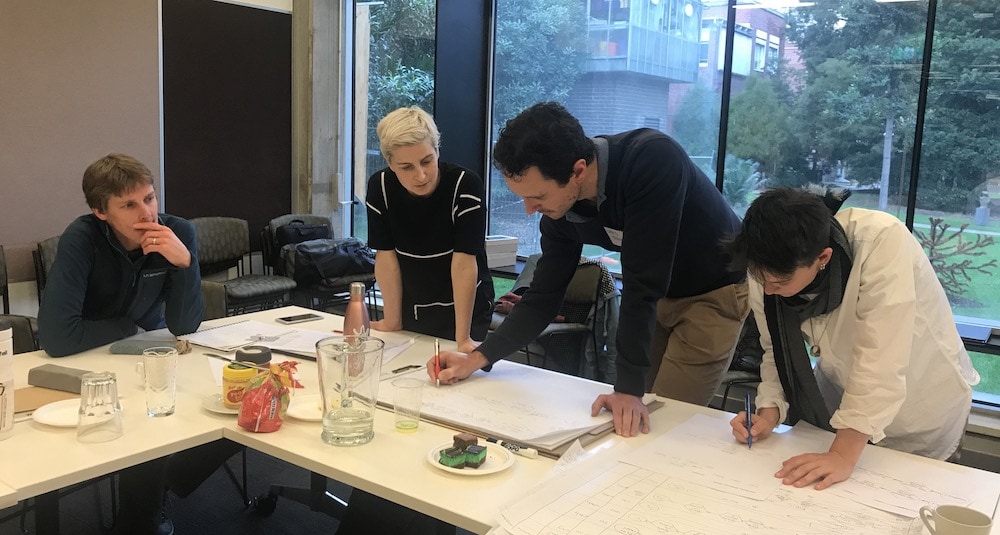
Experts working through transition pathways in the floodplain woodland group (credit: Libby Rumpff)
Why do we need a guide for woodland recovery?
In the past, conservation and recovery plans were typically developed one at a time. Given that resources for conservation assessment and recovery planning are limited, there is a critical need for a more resource-efficient approach to the conservation planning process, to hasten the provision of guidance on appropriate woodland management interventions for land managers.
State-and-transition models have previously been successfully applied in management contexts to help conservation managers better understand how woodlands function and respond to management actions. The models help by articulating the different starting and end points for restoration, clarifying the key threats impeding recovery, and exploring which interventions can be harnessed to best target threats.
“Establishing a generalised state-and-transition model for southern Australian eucalypt woodlands will greatly speed up the delivery of science-based advice to conservation managers.
Using structural and compositional attributes for condition states, from datasets such as TERN’s grassy, shrubby and floodplain monitoring sites across Australia, we aim to generalise across datasets from different woodlands, and transfer understanding from one system to another to aid effective conservation management, without losing critical aspects of what defines each distinct woodland type”.
Dr Megan Good, University of Melbourne
This approach can now be adapted to other ecological communities in the future, to enable more rapid and efficient development of recovery plans, including multiple-community plans.
- Click here to view and download the new woodland recovery planning framework.
- Access vegetation and soil data from >800 TERN ecosystem surveillance monitoring plots via TERN’s Data Discovery Portal
- Access the data via TERN’s AusPlotsR package
- TERN is now the custodian of the Threatened Species Index (TSX) which was created as part of the NESP Threatened Species Recovery Hub with more than 50 contributors, including state and territory governments, universities, NGOs and national research infrastructure.
- Click here to read more 'People using TERN' impact stories
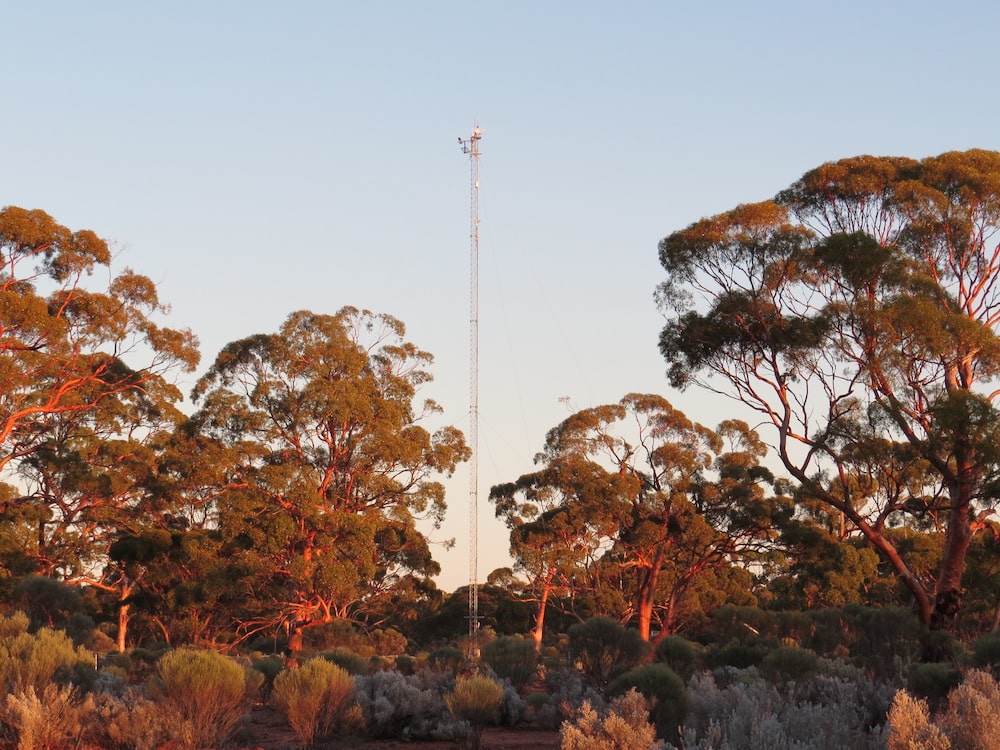
One of the woodland types explored in this project was this Gimlet woodland at TERN’s Great Western Woodlands SuperSite in Western Australia (credit: Suzanne Prober)
People using TERN
Uses – and users – of TERN infrastructure are now found in all shapes and sizes, from many different professions and disciplines, and from all parts of the country, and beyond. To showcase the diversity of our end-user community, we profile just a small number of individuals, looking at how TERN is helping them work more collaboratively, efficiently and effectively. Click on the boxes below to ‘meet’ some of them.
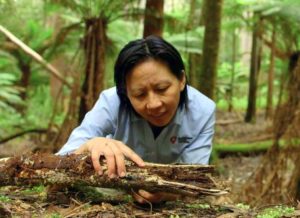
People using TERN: Marie Yee

People using TERN: Keren Raiter
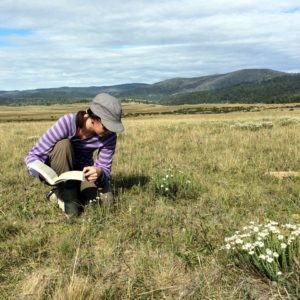
People using TERN: Renée Marchin
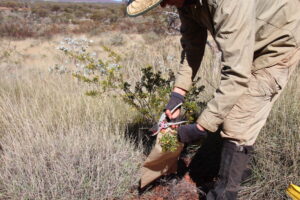
People using TERN: Ashlea Doolette
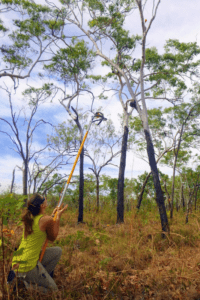
People using TERN: Jen Peters

People using TERN: Andries Potgieter
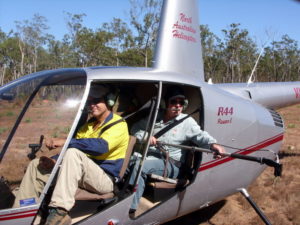
People using TERN: Andrew Edwards

People using TERN: Ellen Miech
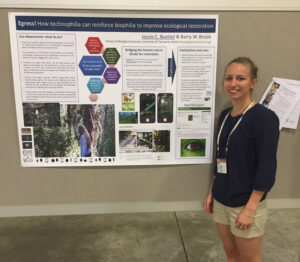
People using TERN: Jessie Buettel

People using TERN: UN FAO

People using TERN: James Furlaud
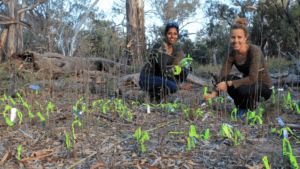
People using TERN: National Australia Bank

People using TERN: Janet Davies

People using TERN: Corey Bradshaw
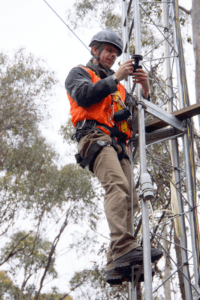
People using TERN: Jan Pisek
